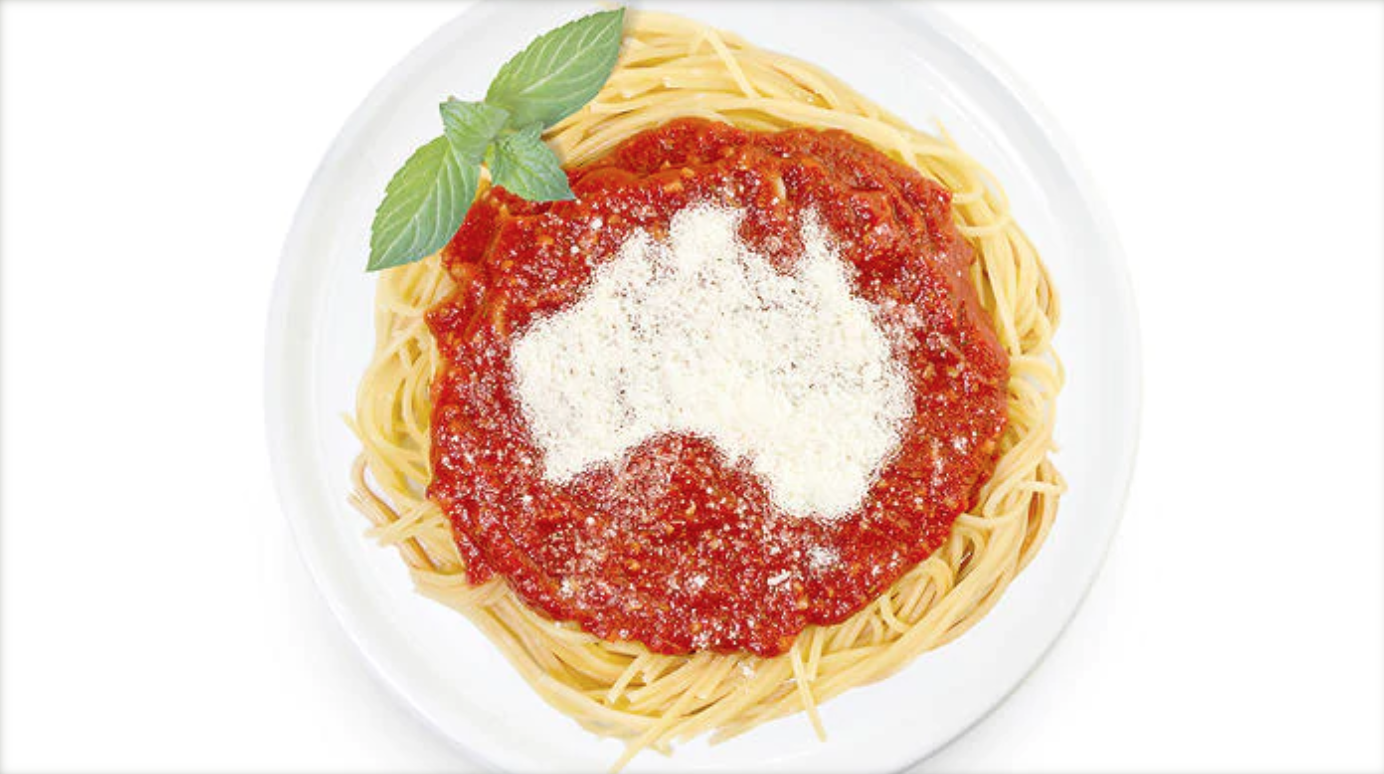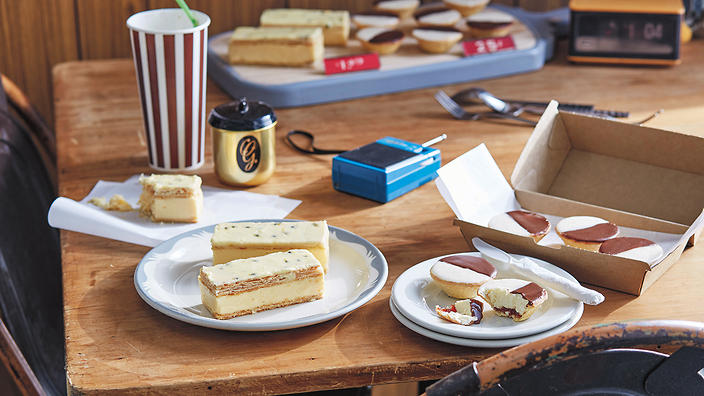In an age where famous chefs occupy household conversation as much as sporting heroes, does that mean we’re any more confident to answer this decades-old question?
If I were to ask you ‘what is Australian cuisine’, what would you say? Meat pies? Sausage rolls? Fish and chips? ...Each suggestion ending in a question mark as if to further highlight doubt (the upwards inflection is still Aussie, so there’s always that). Surely we’re past that, right?
Having been sent packing by publisher Blackwell & Ruth to co-edit and produce The Great Australian Cookbook, we set about charting a course around the country, asking great producers, chefs and cooks “What do you cook for those you love?” The experience gifted a rather beautiful snapshot of where the heart (and stomach) of the nation currently lives.
Like the Old-World cultures of the globe who have had hundreds and thousands of years to cultivate a distinct cuisine profile, so to have our Indigenous people. But in the context of ‘settled Australia’, we have no such fairy bread fortune. Instead, the waves of immigration that have shaped our country since white settlement and their subsequent interaction have offered us something entirely different.
The cookbook runs the gamut from very English sponge with strawberries and cream by Margaret Fulton to beef rendang and char kway teow by one of our greatest early south-east Asian influences, Cheong Liew, and a quick flip through the rest reveals Italian grilled sardines, bush tomato damper, coq au vin, a legit Darwinese laksa and one helluva pineapple fish curry. This is a snapshot of the soul food of our nation. What makes us happy and what we’re happy to share with our loved ones.
With that in mind, it’s clear that the contribution each person has brought from somewhere else has coloured, and more importantly flavoured our culinary palate. And whether we hail from here or elsewhere, those influences have continued to flow through our most influential chefs and cooks.
Christine ‘The Spice Queen’ Manfield notes travel to be one of her greatest passions and creative influences. “We have a fascination with what is not normal from how we’re brought up. I have always loved exploring other options that are perceived as foreign or different from what I knew before”, she says. “It’s about falling in love with flavours and discovering food in the context of culture.”
Closer to home, Neil Perry offers the slightly more approachable notion of discovering the nuances of our cultural cuisine in our own backyard. “I don’t think you necessarily need to travel the world. You get a great sense and feeling for authenticity and ethnicity right here in Australia and for that, along with our produce we’re lucky. I think Australians embrace food from other cultures well, so there’s a reasonable preservation of true flavours and textures. You might miss some of the nuances when you lose the context of food in its original place, but in general, we have a great array of the world’s food right here,” he says.
“I’ve always said that I think Australian food is defined by the many ethnic communities that have migrated to Australia and the way we have as a collective, embraced their cooking techniques, ingredients and style”, Merivale executive chef Dan Hong adds.
But what about the ‘F’ word? The one that makes anyone who worked in food in the 90’s cringe, the ugly baby of ill-considered cultural appropriation: fusion.
“I don’t think fusion needs to be a dirty word,” says Icebergs executive chef Monty Koludrovic. “We do Italian here, but we like to say, ‘we cook food that Nonna would recognise, but never cook herself. For instance, we use Japanese sashimi techniques and philosophy in the way we approach our crudo menu, and we enjoy the freedom of using both Italian and non-Italian techniques and flavours without having to put a moniker of confinement on it,” he says.
“We’re Italian hearted, because the greatest Italian cooks have always cooked with the philosophy of relying on what’s around them. Rather than trying to emulate the food cooked exactly somewhere else, we use what we have that’s great and that makes it exciting.”
And that includes native ingredients, which until the past decade or so, were not often included on menus. “I think it’s really exciting to see Indigenous ingredients being integrated into menus in restaurants,” says Hong. “I think we’re just starting to understand their qualities as legitimate ingredients and what they’re capable of.”
“The notion of blending Australian Italian with that very Indigenous sense of place and home is getting me fired up,” says Koludrovic after an inspiring visit with the Museum of South Australia’s head of Anthropology, John Carty. “It ties in with a conscious approach to food and sustainability, and if we want to have that conversation, that will mean things like using kangaroo in Bolognese.” So does that mean we’ll be seeing our first Indigenous meets Italian restaurant anytime soon? “No”, laughs Koludrovic,”…but as hard as that idea is for people to realise, it is the future.”
Love the story? Follow the author here: Twitter @fooderati, Facebook fooderati Instagram@fooderati
Feeling nostalgic? We want you! For the month of November, SBS Food are asking food lovers far and wide to get creative by putting a multicultural twist or your creative spin on an Australian classic... Welcome to #BringBackTheClassics - enter now!





